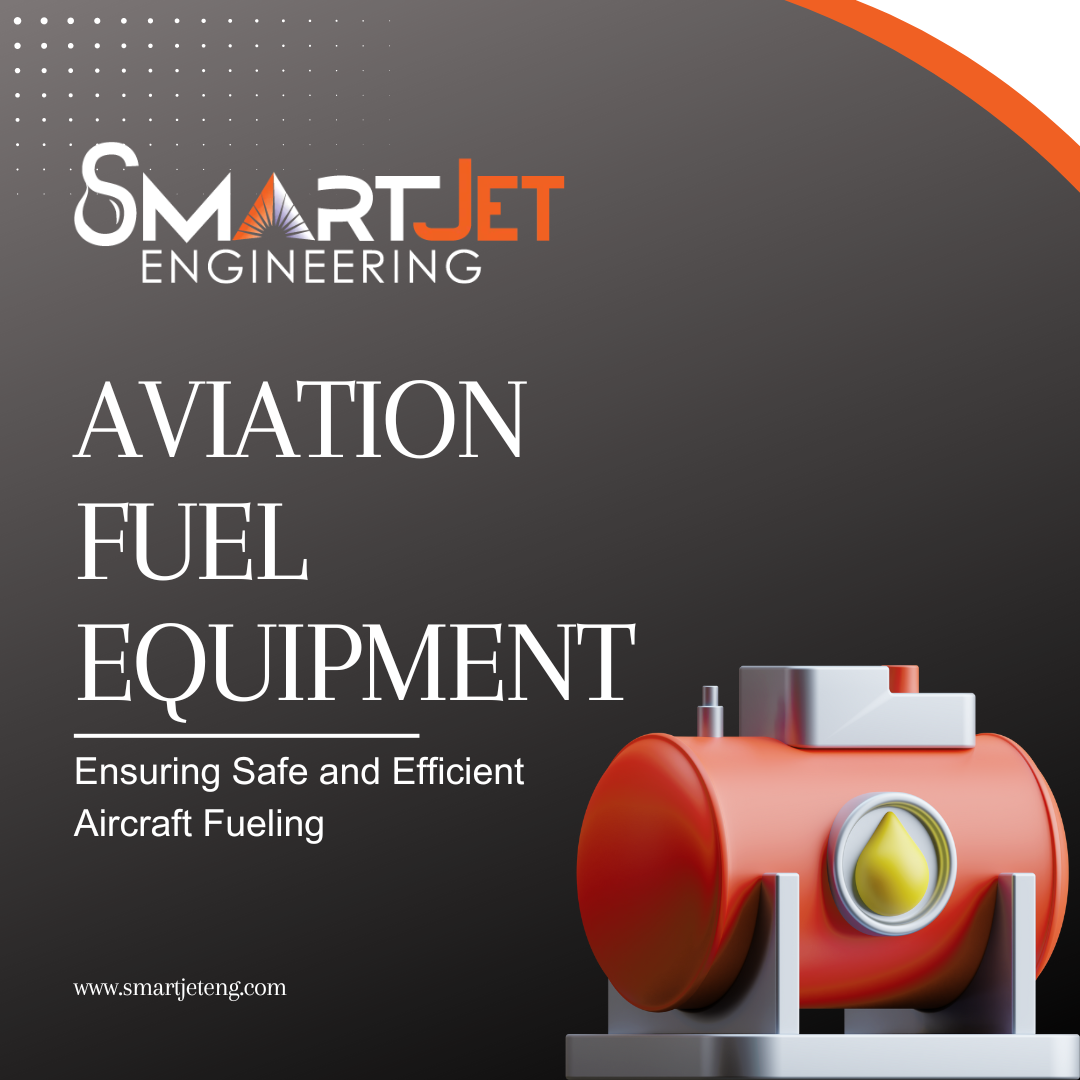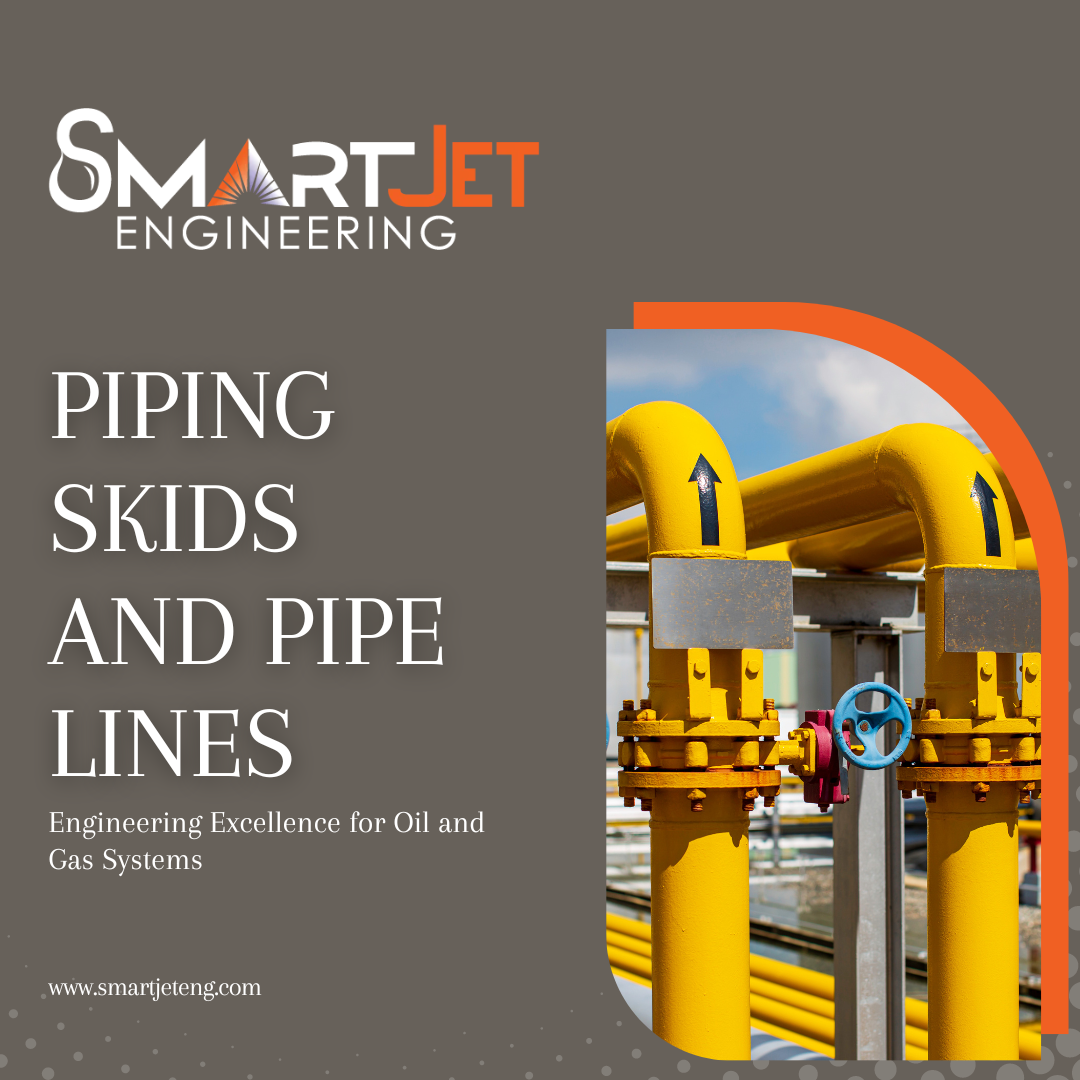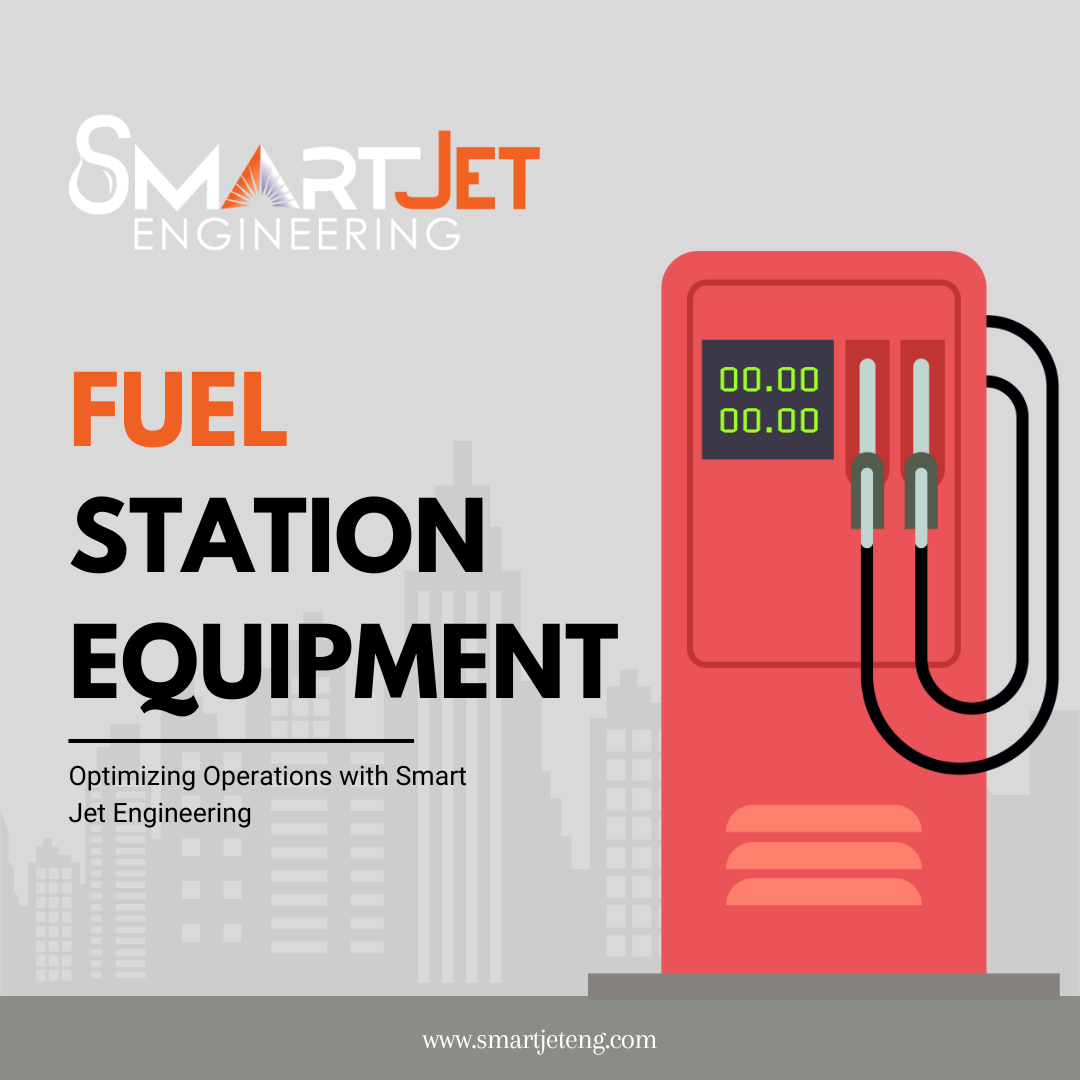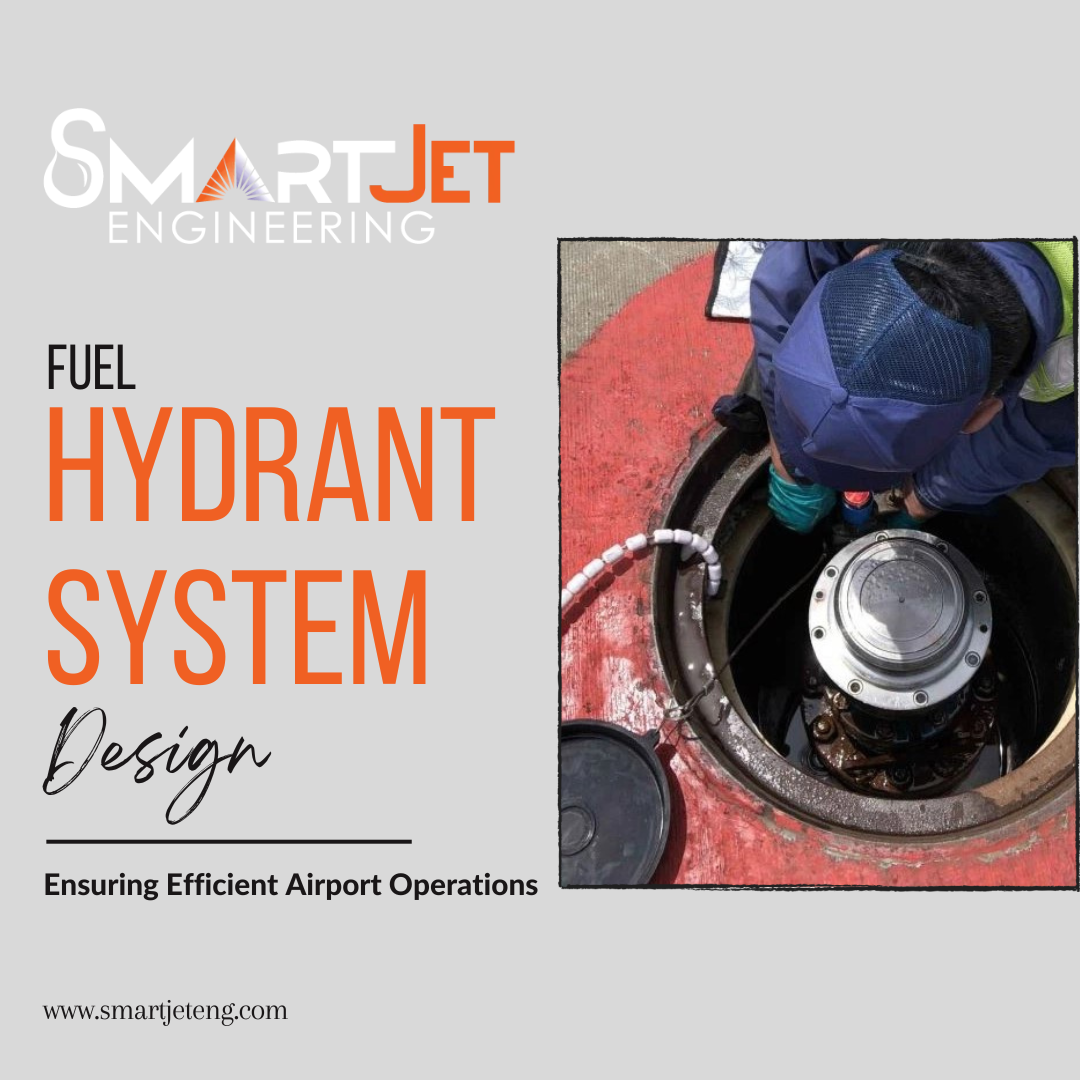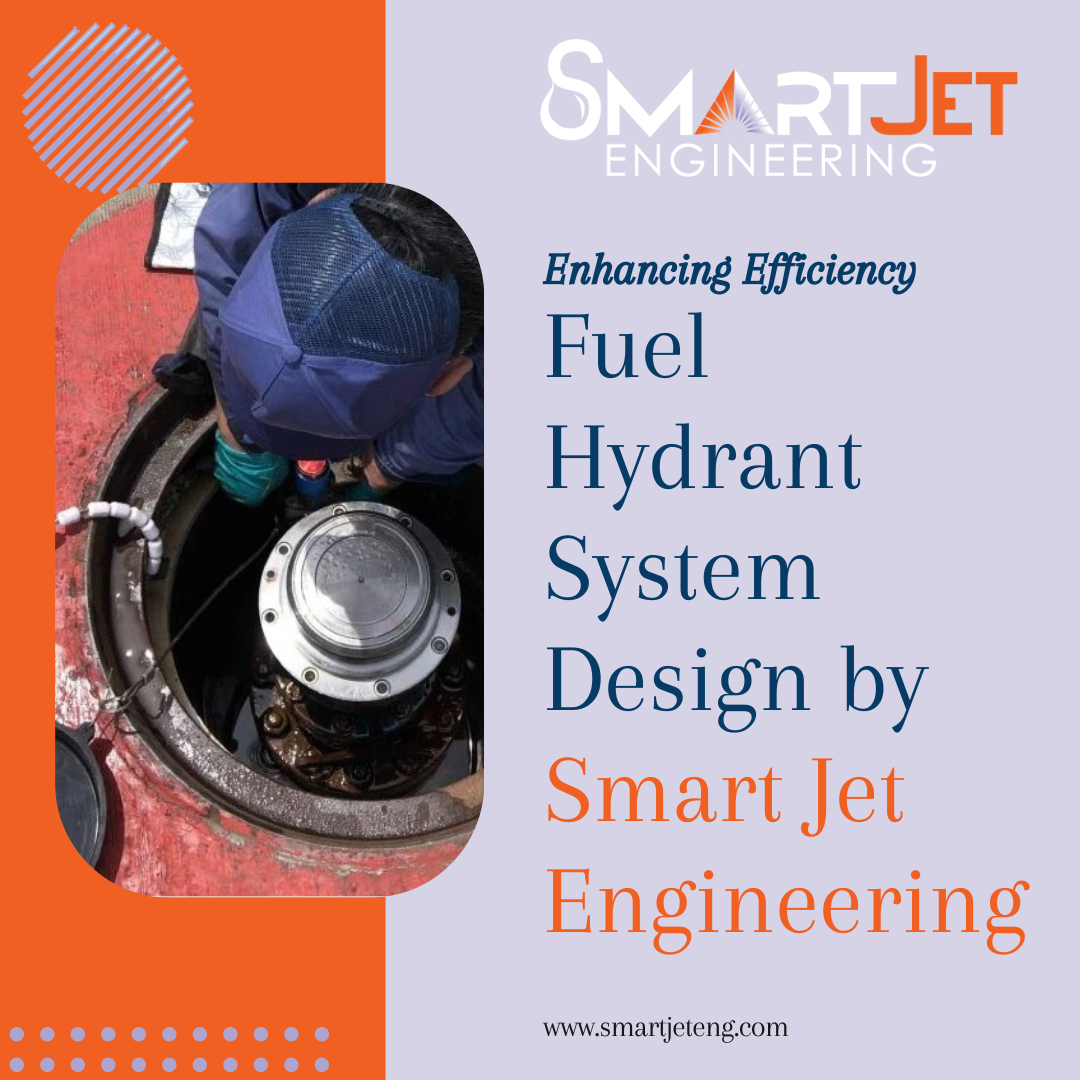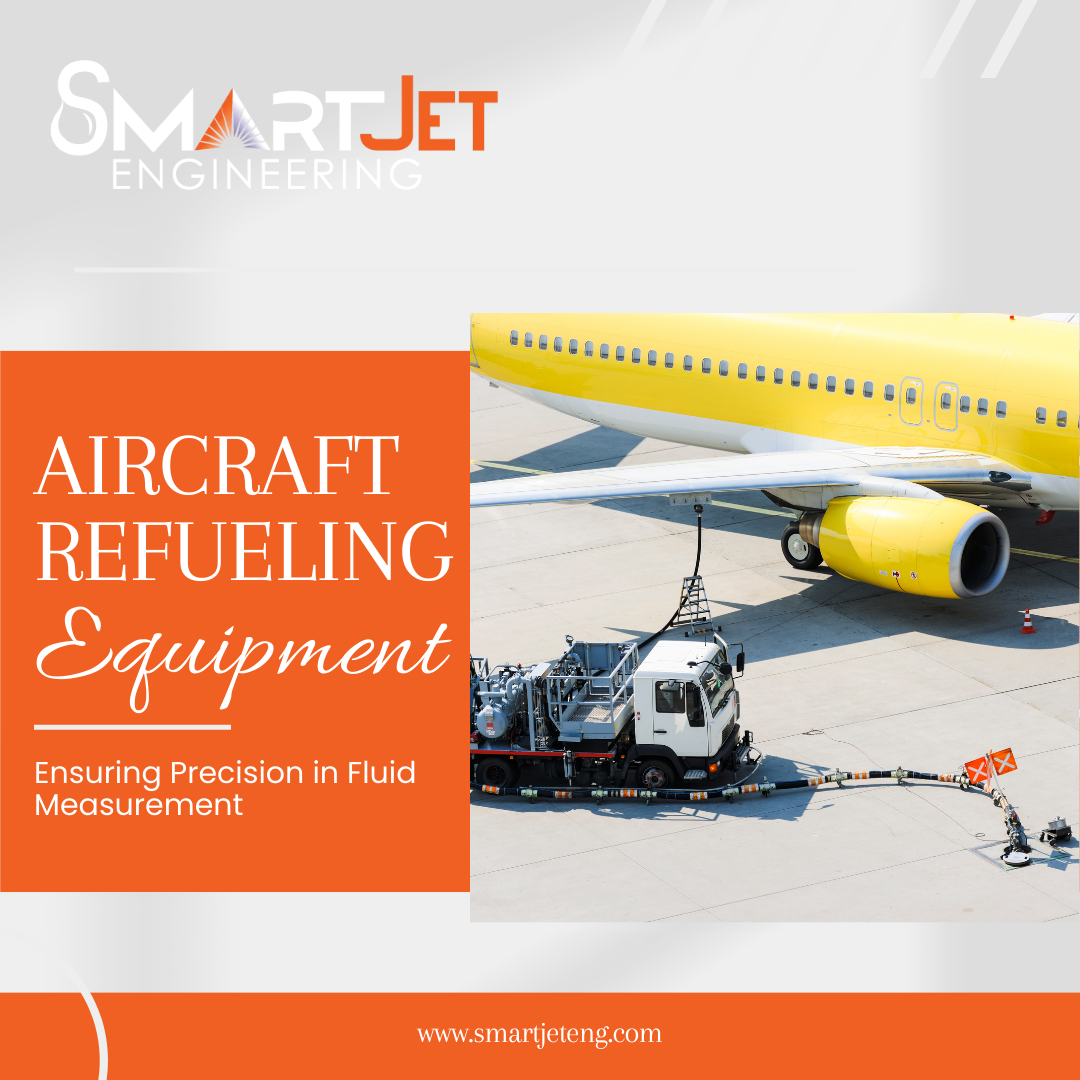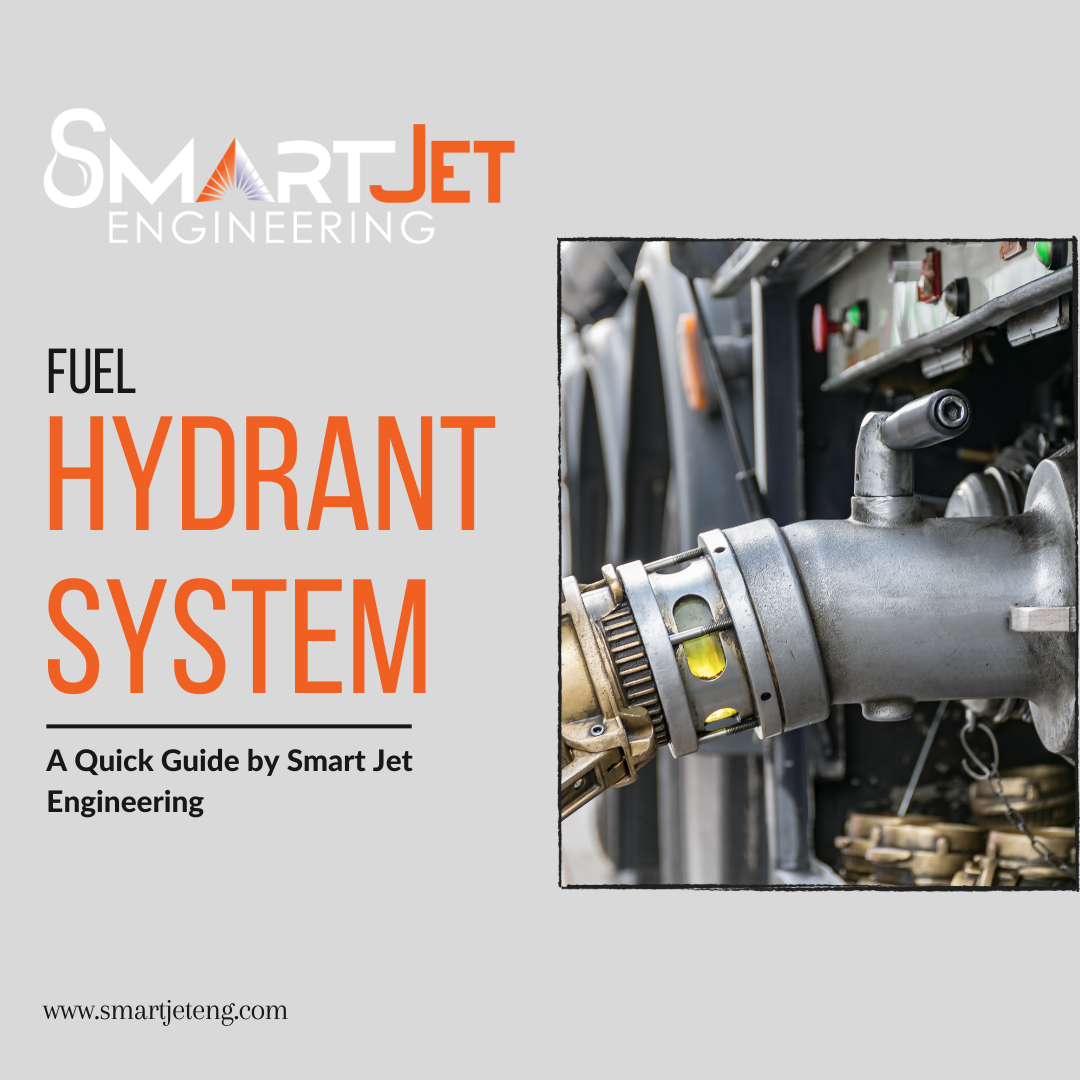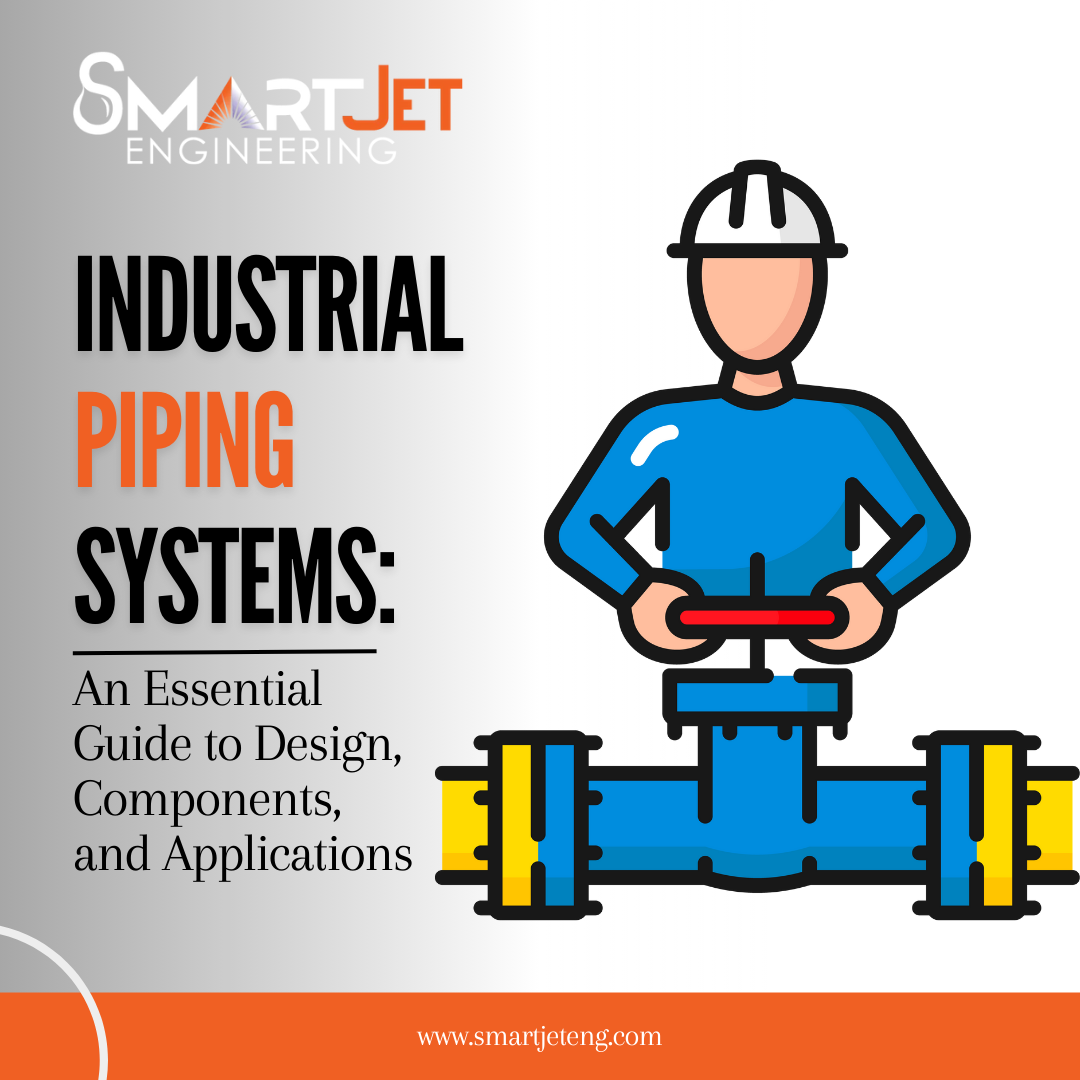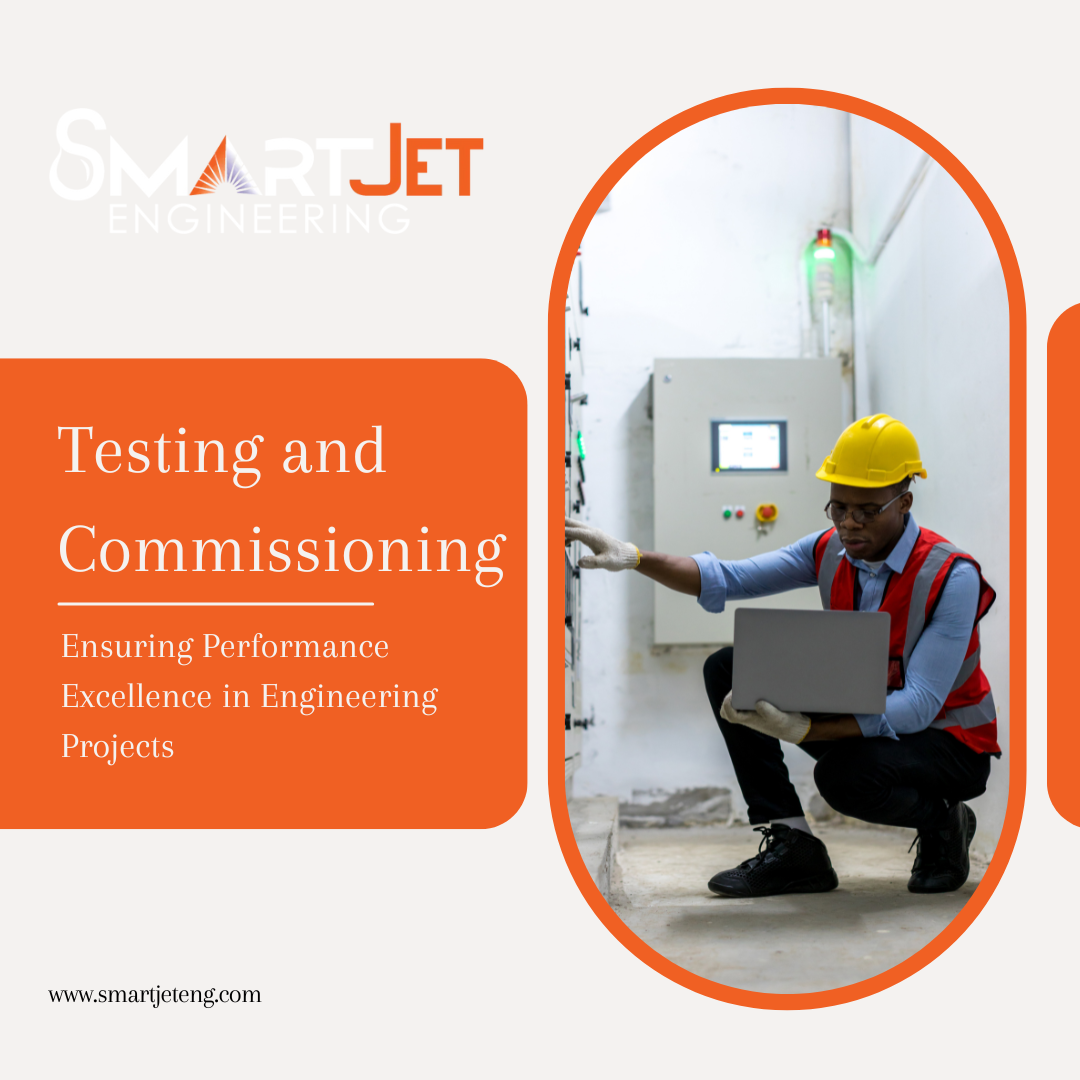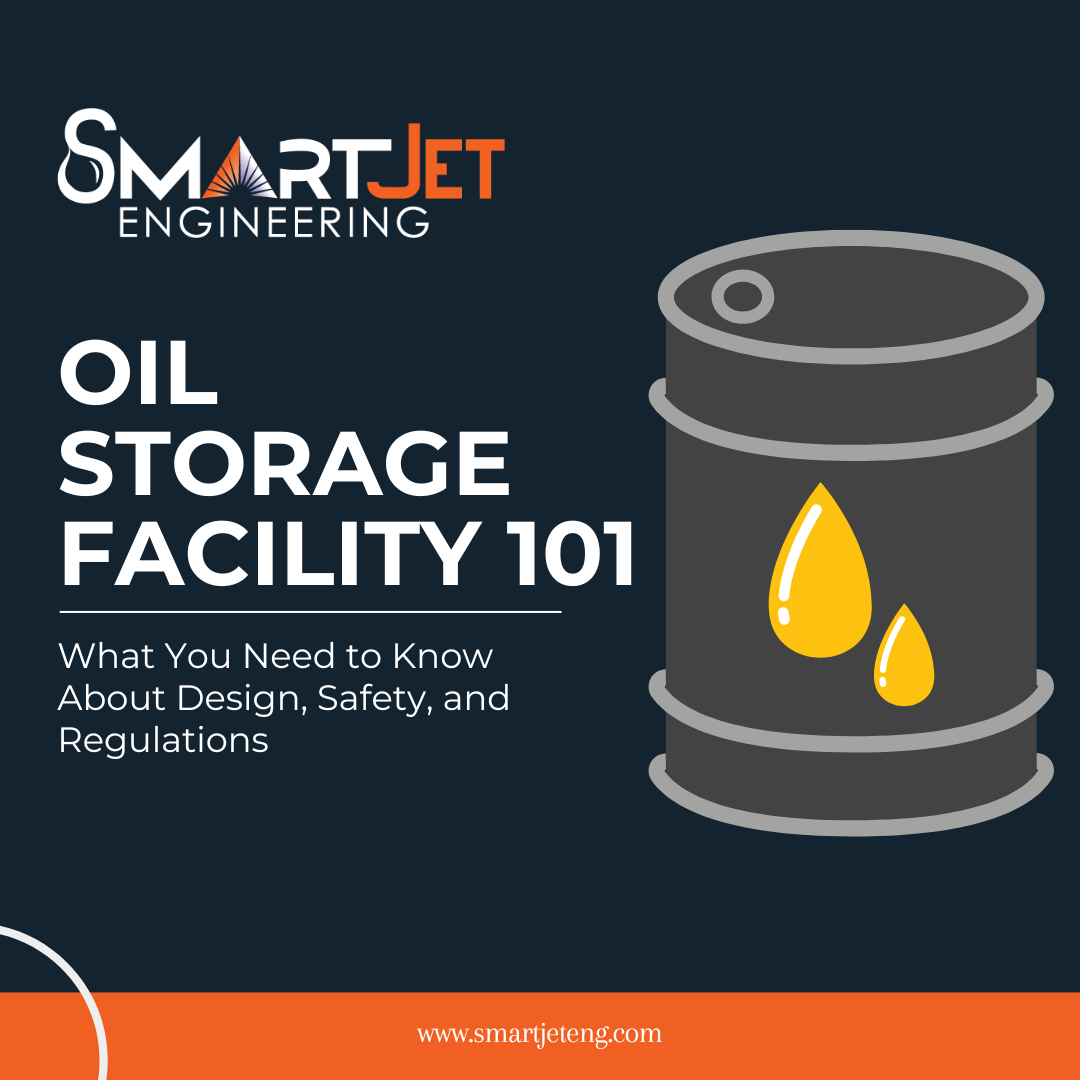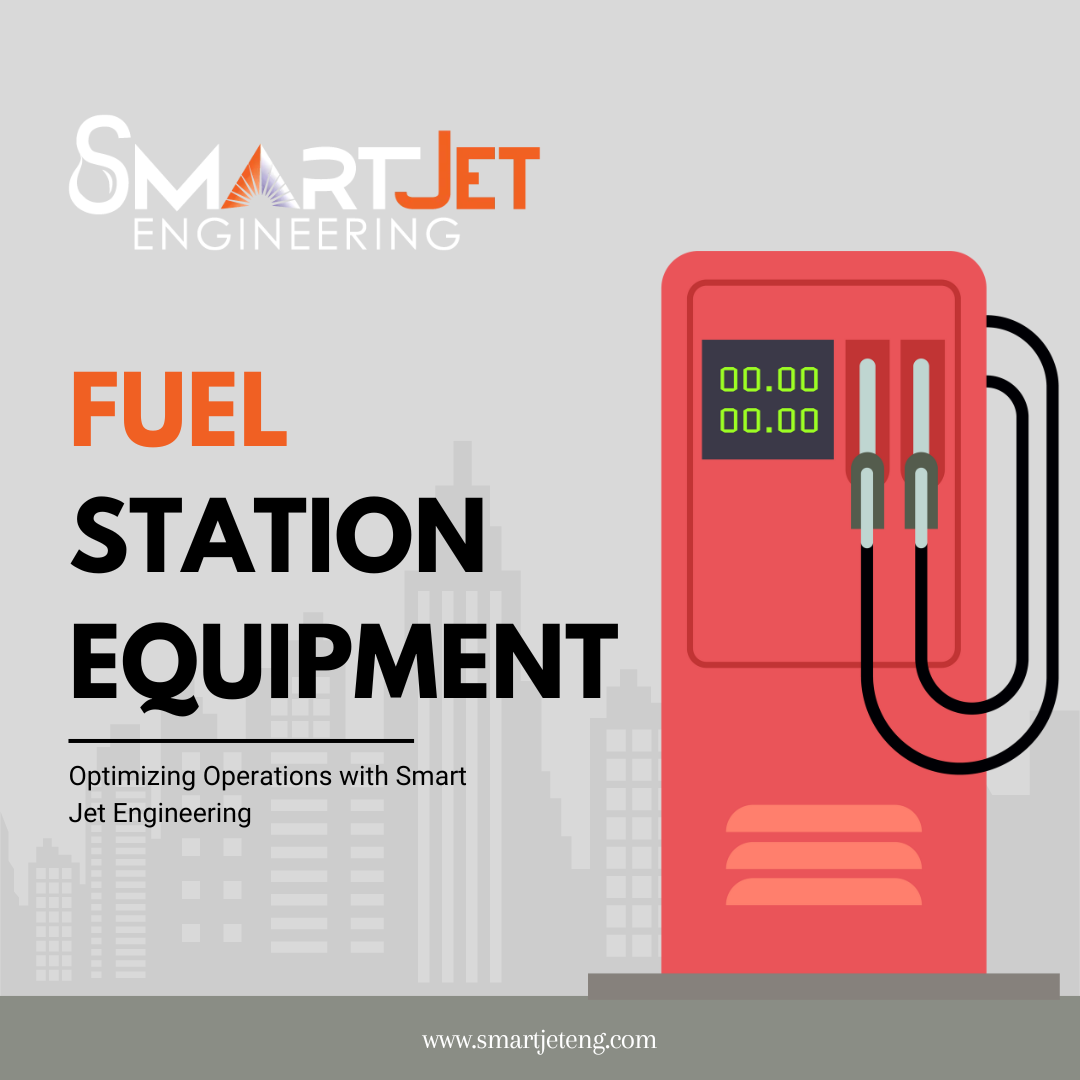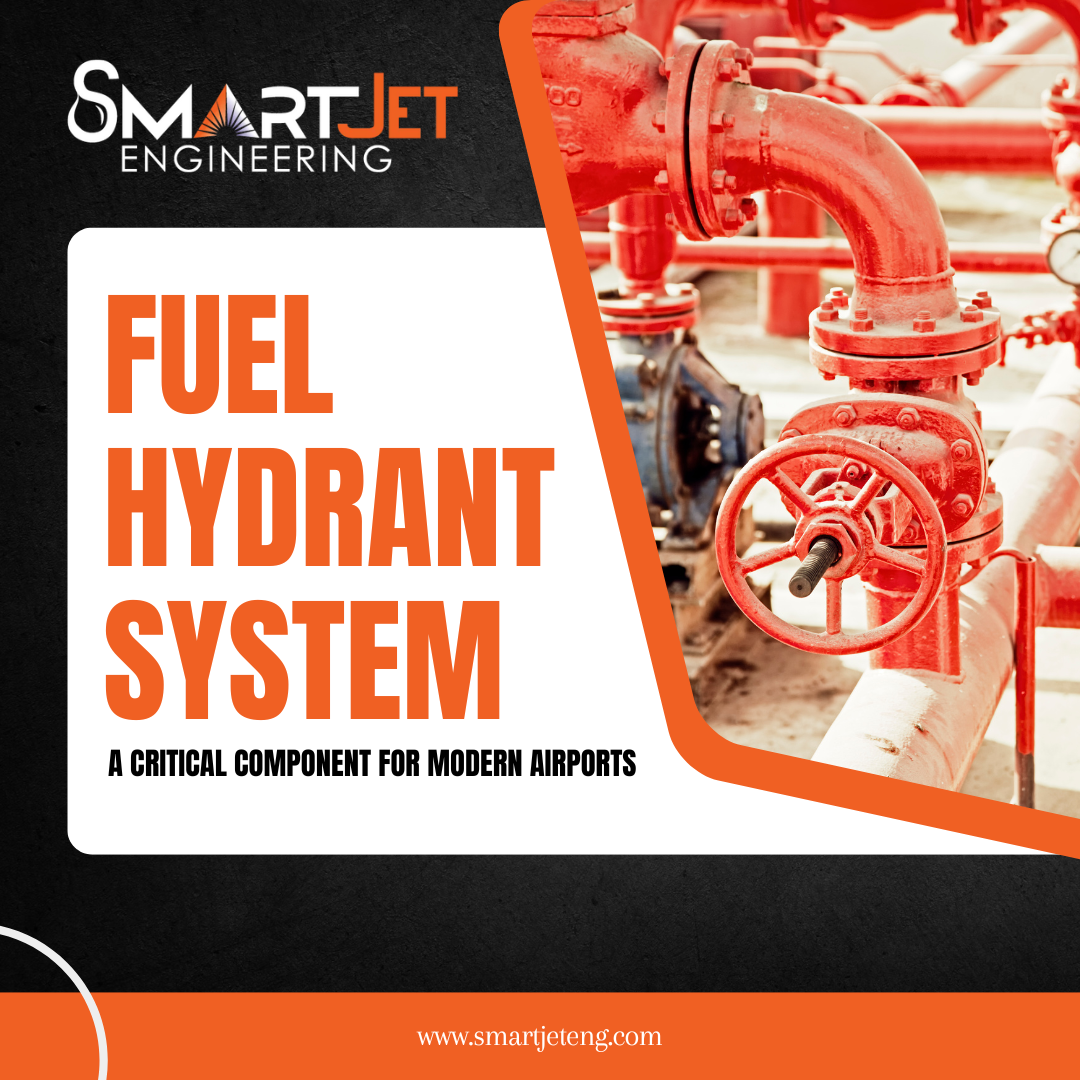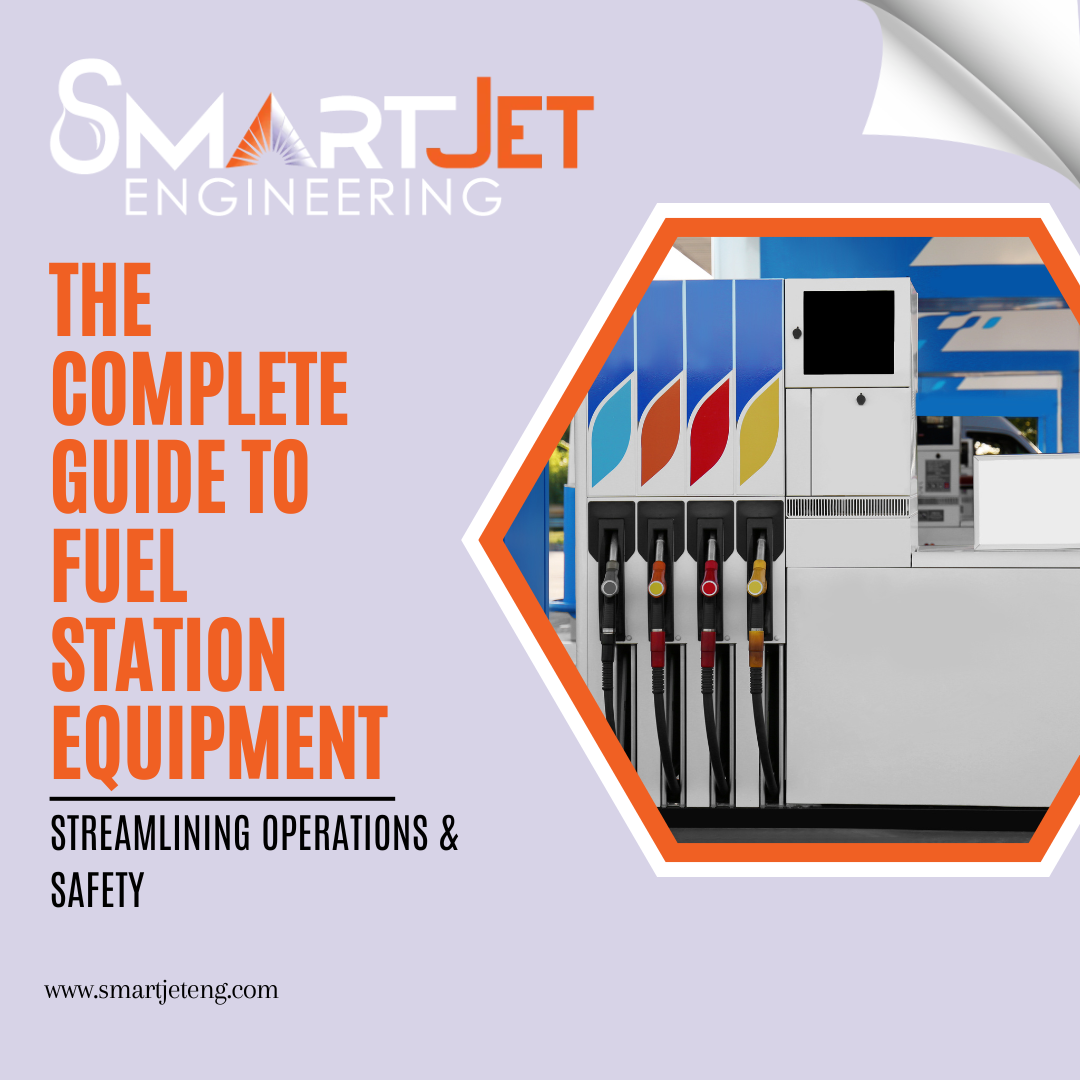Testing and Commissioning
By - Admin
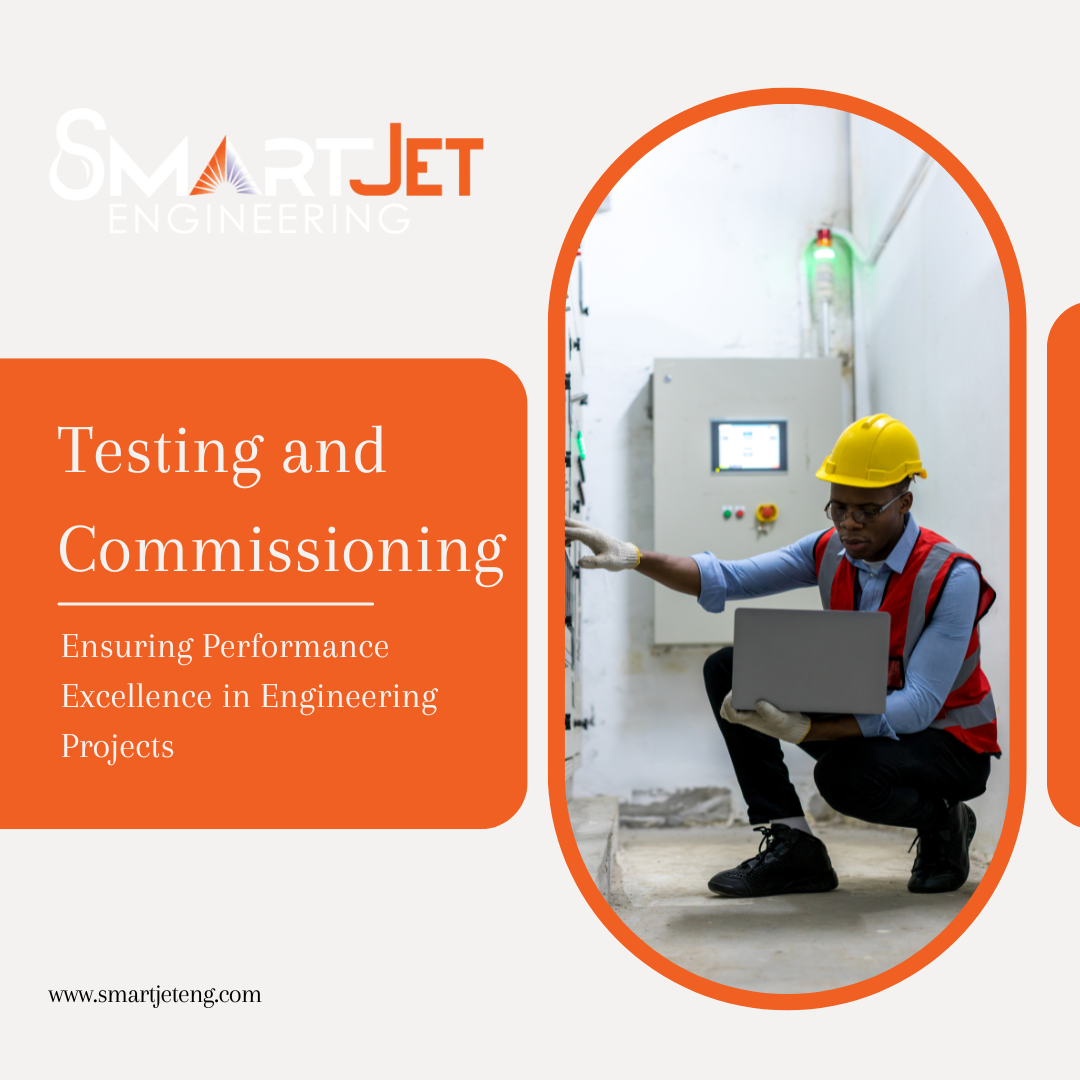
Testing and Commissioning: Ensuring Performance Excellence in Engineering Projects
Welcome to Smart Jet Engineering, your trusted partner for engineering excellence in Dubai. In this blog post, we explore the critical process of Testing and Commissioning, vital for ensuring the success and reliability of engineering projects.
Testing and Commissioning: The Critical Steps for Successful Project Delivery
Introduction
Testing and commissioning are crucial phases in the lifecycle of industrial projects, particularly in sectors such as energy, oil and gas, and aviation fuel. These processes ensure that systems and equipment are installed correctly, function as intended, and meet safety and regulatory standards before being handed over to the client. At Smart Jet Engineering, we specialize in providing comprehensive testing and commissioning services, ensuring smooth project execution and successful outcomes.
This blog will explore the importance of testing and commissioning, key features, design considerations, safety and regulatory compliance, maintenance and inspection, emerging trends, training and education, frequently asked questions, and other aspects of this critical stage in project delivery.
Understanding Testing and Commissioning
Testing and commissioning involve a series of procedures to verify that a system or facility is fully operational and meets the specified requirements. It includes checking the functionality, safety, and performance of equipment, systems, and processes. These steps are essential to identify any issues or defects that could impact the project's success or safety.
Importance of Testing and Commissioning
Testing and commissioning are crucial for several reasons:
- Safety: Ensures that systems meet safety standards, reducing the risk of accidents and hazards.
- **Operational Readiness: Confirms that equipment and systems are ready for use, minimizing downtime during the handover phase.
- Quality Assurance: Verifies that the project meets quality requirements and complies with relevant regulations.
- Client Satisfaction: Provides confidence to clients that the project has been completed to their satisfaction.
Key Features of Testing and Commissioning
Testing and commissioning processes encompass various steps to ensure project success. Key features include:
- Pre-Commissioning Activities: Initial inspections, functional tests, and system calibrations to prepare for commissioning.
- Functional Performance Testing: Verifying that equipment and systems operate according to specifications.
- Integration Testing: Ensuring that different systems work together seamlessly.
- Safety Testing**: Checking emergency shutdown systems, fire suppression, and other safety measures.
- Documentation and Reporting: Detailed documentation of test results, findings, and corrective actions.
Design Considerations
Design plays a crucial role in facilitating efficient testing and commissioning. Important considerations include:
- Accessibility: Designing systems for easy access during testing and maintenance.
- Modularity: Using modular designs to simplify testing and replacement of faulty components.
- Instrumentation: Including appropriate instrumentation for monitoring and control.
- Redundancy: Designing with backup systems to ensure reliability during testing and commissioning.
Safety and Regulatory Compliance
Safety and regulatory compliance are central to testing and commissioning. Ensuring adherence to safety standards and industry regulations is critical to avoid legal issues and safety risks. Important safety measures include:
- Safety Inspections: Regular inspections to identify potential hazards.
- Compliance Audits: Ensuring compliance with regulatory requirements from agencies like OSHA and EPA.
- Emergency Procedures: Establishing clear procedures for emergencies during testing and commissioning.
Maintenance and Inspection
Testing and commissioning set the foundation for ongoing maintenance and inspection. Proper maintenance ensures the continued safety and reliability of the systems. Key practices include:
- Routine Inspections: Conducting regular checks to identify wear and tear.
- Preventive Maintenance: Performing maintenance tasks to prevent breakdowns.
- Calibration and Recalibration: Ensuring equipment is properly calibrated for accurate measurements.
- Documentation: Keeping detailed records of maintenance activities and inspection results.
Emerging Trends in Testing and Commissioning
The field of testing and commissioning is evolving with new technologies and practices. Some emerging trends include:
- Digital Twins: Using digital simulations to test systems virtually before physical commissioning.
- IoT and Smart Systems: Integrating sensors and smart technology to monitor systems in real-time.
- Automation: Automating testing procedures for increased efficiency and accuracy.
Training and Education
Proper training and education are essential for successful testing and commissioning. This ensures that personnel are equipped with the knowledge and skills needed to conduct tests safely and accurately. Important training areas include:
- Technical Training: Covering testing procedures, equipment calibration, and troubleshooting.
- Safety Training: Focusing on safety protocols and emergency response.
- Operational Training: Providing hands-on experience in testing and commissioning tasks.
Frequently Asked Questions (FAQ)
1. What is the purpose of testing and commissioning?
The purpose is to ensure that systems and equipment function correctly and safely before being handed over to the client.
2. How long does the testing and commissioning phase typically take?
The duration varies depending on the project's size and complexity, but it typically ranges from a few days to several weeks.
3. What are the common steps in testing and commissioning?
Common steps include pre-commissioning inspections, functional performance testing, safety testing, and documentation of results.
4. What safety precautions should be taken during testing and commissioning?
Safety precautions include wearing appropriate protective gear, having emergency shutdown systems in place, and conducting regular safety inspections.
5. What career opportunities exist in testing and commissioning?
Career opportunities range from testing engineers and commissioning engineers to quality assurance specialists and project managers. These roles offer the chance to work on complex projects and contribute to successful outcomes.
Conclusion
Testing and commissioning are critical steps in ensuring the success of industrial projects. Properly conducted, they provide the foundation for safe, efficient, and reliable operations. By focusing on key features, design considerations, safety, and emerging trends, Smart Jet Engineering ensures that our testing and commissioning services meet the highest standards. If you're interested in a career in this dynamic field, there are ample opportunities to grow and excel.
| Explore |
Search
Popular Posts

Fuel Management Systems: Smarter Control for Modern Fuel Operations
December 10, 2025

Pipe Support Engineering: Ensuring Strength, Stability, and Long-Term Reliability
December 10, 2025

Mobile Fuel Equipment: The Future of Safe and Efficient On-Site Refueling
December 10, 2025

Fuel Dispensing Systems: Reliable Solutions for Safe and Efficient Fuel Delivery
December 10, 2025

Tanker Refurbishment and Modification Services in UAE | Smart Jet Engineering
November 29, 2025



